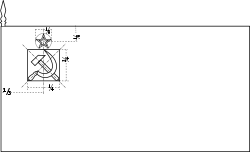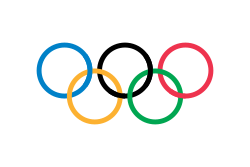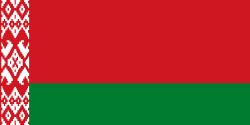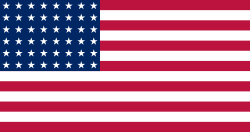Kaarlo Kangasniemi
| Kaarlo Kangasniemi | |
|---|---|
 | |
| Narození | 4. února 1941 (82 let) Kullaa |
| Povolání | vzpěrač |
| Některá data mohou pocházet z datové položky. | |
| Přehled medailí | ||
|---|---|---|
| zlato | LOH 1968 | do 90 kg |
| Mistrovství světa ve vzpírání | ||
| zlato | MS 1968 | do 90 kg |
| zlato | MS 1969 | do 90 kg |
| bronz | MS 1971 | do 110 kg) |
| Mistrovství Evropy ve vzpírání | ||
| zlato | ME 1969 | do 90 kg |
| zlato | ME 1970 | do 90 kg |
| bronz | ME 1968 | do 90 kg |
| bronz | ME 1972 | do 110 kg |
Kaarlo Olavi Kangasniemi (* 4. února 1941 Kullaa) je bývalý finský vzpěrač, známý pod přezdívkou Kulta-Kalle. Pochází z rodiny kováře a má sedm bratrů (čtyři z nich získali titul mistra Finska ve vzpírání). Stal se jediným finským olympijským vítězem ve vzpírání, když vyhrál váhu do 90 kg na LOH 1968.[1] Je také mistrem světa ve dvojboji z roku 1969 a mistrem Evropy z let 1969 a 1970. V letech 1968 a 1969 vyhrál anketu o finského sportovce roku a v roce 1969 byl zvolen nejlepším vzpěračem světa. Během své kariéry osmnáctkrát překonal světový rekord. V roce 1998 byl uveden do Síně slávy světového vzpírání.[2]
Reference
- ↑ Archivovaná kopie. www.sports-reference.com [online]. [cit. 2019-06-11]. Dostupné v archivu pořízeném z originálu.
- ↑ https://www.iwf.net/focus-on-iwf/hall-of-fame/members/
Externí odkazy
 Obrázky, zvuky či videa k tématu Kaarlo Kangasniemi na Wikimedia Commons
Obrázky, zvuky či videa k tématu Kaarlo Kangasniemi na Wikimedia Commons - Kaarlo Kangasniemi v databázi Olympedia (anglicky)
Média použitá na této stránce
Olympic Rings without "rims" (gaps between the rings), As used, eg. in the logos of the 2008 and 2016 Olympics. The colour scheme applied here was specified in 2023 guidelines.
Olympic Rings without "rims" (gaps between the rings), As used, eg. in the logos of the 2008 and 2016 Olympics. The colour scheme applied here was specified in 2023 guidelines.
(c) I, Cmapm, CC BY-SA 3.0
The flag of the Soviet Union (1955-1991) using a darker shade of red.

(c) I, Cmapm, CC BY-SA 3.0
The flag of the Soviet Union (1955-1991) using a darker shade of red.

Finská vlajka
Autor: Scroch, Licence: CC BY-SA 3.0
Flag of Bulgaria (1971-1990). Flag of Bulgaria with Bulgarian coat from 1971.
Flag of Romania, (21 August 1965 - 22 December 1989/officialy 27 December 1989).

Construction sheet of the Flag of Romania as depicted in Decree nr. 972 from 5 November 1968.
- l = 2/3 × L
- C = 1/3 × L
- S = 2/5 × l
Olympijská vlajka
Flag of Iran. The tricolor flag was introduced in 1906, but after the Islamic Revolution of 1979 the Arabic words 'Allahu akbar' ('God is great'), written in the Kufic script of the Qur'an and repeated 22 times, were added to the red and green strips where they border the white central strip and in the middle is the emblem of Iran (which is a stylized Persian alphabet of the Arabic word Allah ("God")).
The official ISIRI standard (translation at FotW) gives two slightly different methods of construction for the flag: a compass-and-straightedge construction used for File:Flag of Iran (official).svg, and a "simplified" construction sheet with rational numbers used for this file.
Autor: Scroch, Licence: CC BY-SA 3.0
Flag of Bulgaria (1971-1990). Flag of Bulgaria with Bulgarian coat from 1971.
Flag of Romania, (21 August 1965 - 22 December 1989/officialy 27 December 1989).

Construction sheet of the Flag of Romania as depicted in Decree nr. 972 from 5 November 1968.
- l = 2/3 × L
- C = 1/3 × L
- S = 2/5 × l
Photograph of the Finnish weightlifter Kaarlo Kangasniemi (1941–) in Pori.

























